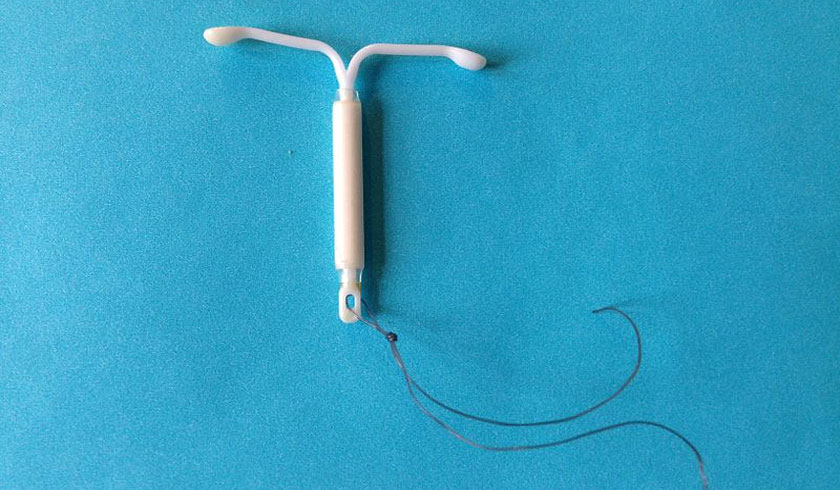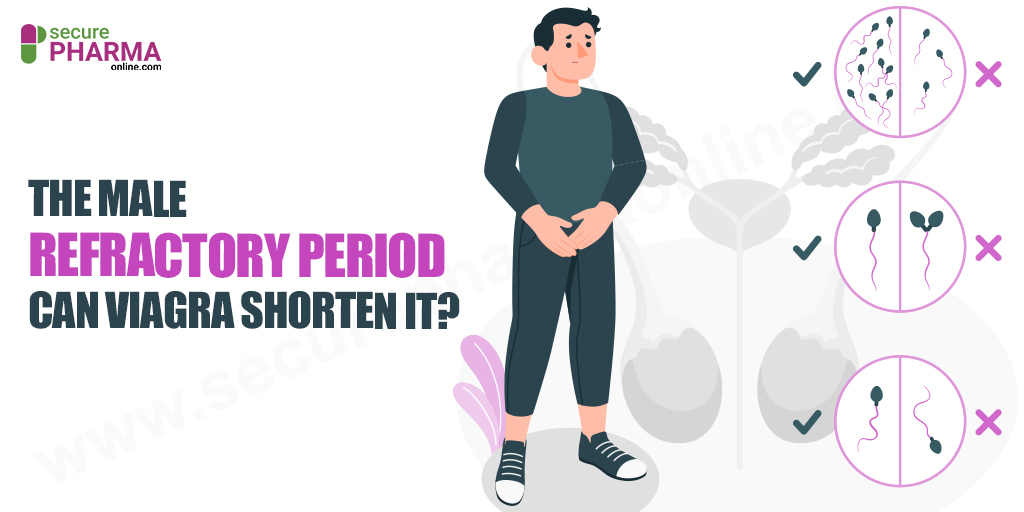IUD Pros And Cons: Everything You Need To Know

In this article, we’ll discuss the pros and cons of IUD.
What Is An IUD?
IUDs, also known as Intrauterine Devices, have been declared as the most effective and fool-proof method of protection against pregnancies. Choosing IUD as your birth control choice not only ensures hassle-free unprotected sex within 7 days of implantation, but its effects are active in the body for 3 to 10 years, based on the type of IUD you choose.
With the passing of each day, hormones are released in small amounts for the thickening of the cervical mucus along with the thinning of the uterus lining. This quantity of Levonorgestrel decreases after a few years but yet continues to protect a woman from pregnancy.
Although they are exceptional for the long haul, the pros and cons must be studied so as to be prepared for any kind of mishaps or unexpected bodily events in the near future. The fact that the factor considering human error (in missing pills) is removed, makes it a go-to option for many women.
Types Of IUDs
There are 5 types of IUD collectively known as:
- Kyleena: a new IUD. It can last for about 4 years
- Copper IUD: also known as a Paragard. Offers the longest protection, for up to 10 years
- Liletta, Skyla, and Mirena: all are the same and contain only one hormone – progestin. Their protective effects can last from 3 to 6 years.
Pros And Cons Of IUD
Pros Of IUD
- Whether you choose between hormonal or non-hormonal IUDs, they both turn out to succeed in their protection goal 98 percent of the time. If you choose hormonal IUDs over the copper IUD, then there is a high chance that the occurrence of periods can completely disappear, or else the frequency of menstrual episodes noticeable reduce.
- Hormonal IUDs prove effective in eliminating the risk of catching specific cancers and letting endometriosis affect the uterus lining. Endometriosis is an extremely painful condition that leads to the abnormal growth of tissues on the uterus lining. Apart from these safeguarding outcomes, hormonal IUDs prove as a great option for people who cannot consume any contraceptive options that have some estrogen content. This is because most hormonal IUDs contain only one hormone, known as progestin.
- Rather than having to constantly remember taking a pill every morning or visiting the doctor on a quarterly basis for the administration of a birth control injection, opting for an IUD is a more convenient option. Not only does the hassle of constantly meeting a medical professional vanish, but even the possibility of human error is completely curbed as the doctor themselves inserts the IUD. No more pill reminders on your calendar and clipboard.
- The overall cost turns to be much more affordable in the longer run. Do the math yourself, consuming pills every day for months or years, visiting medical professionals for consultation sessions, regular check-ups, and repetitive prescriptions. These combined over a period of 3 to 5 years can sum up to tens of thousands of dollars. But an IUD once installed does not demand frequent visits to the doctor neither does it demand any form of prescriptions.
- As injections, barrier methods, and birth control shots have restrictions as to when can they be administered, intrauterine devices do not have this problem. In fact, IUDs can be inserted at any time of a women’s life, irrespective of their menstrual cycles. This flexibility offers immense comfort and reduces the worry of managing brain space for such situations.
- The IUD is literally the size of a matchstick, measuring a maximum of an inch. There are a couple of very small strings that are made to hang through the cervix right into the vagina. These strings release progestin or copper ions – whatever they consist of. Simply checking with your fingers whether the strings are yet placed in position ensures the IUD is in place.
- Probably the most valuable and important advantage of an Intrauterine device is its reversibility. Whenever a woman thinks that it is the right time to start a family, they can simply head to an OB / GYN specialist and get the IUD removed. This can literally account to just 2 to 4 visits to a doctor over a period of 5 years for pregnancy purposes. One during insertion, one during removal, and a couple of meetings just in case.
Also Read: IUD Vs. Pill: A Detailed Comparison
Cons Of IUD
- Non-hormonal IUDs such as Copper IUDs (Paragard) affect people who have been previously diagnosed with an allergy to copper components. Even people who are victims of Wilson’s disease cannot be administered the copper IUD.
- There are some women who are known to experience stronger and more painful periods than the other women. Opting for the inculcation of a Copper IUD for pregnancy avoiding reasons can lead to a further increase in menstrual cycle episodes. A women’s periods can become heavier and lead to more secretion of blood with an almost unbearable amount of pain. For this reason, women who are diagnosed with endometriosis must prefer to stay away from copper IUDs.
- There are a number of women who have complained of pain when the IUD was being inserted. In order to ease this pain, you may have to consume an NSAID (Non-Steroidal Anti-Inflammatory Drug) or Ibuprofen before the insertion takes place. If you have a skilled doctor taking up this task, then the odds are you will not experience any pain at all and the doctor will provide you painkillers before the IUD insertion appointment.
- The displacement of an IUD after insertion can take place. This occurs after days, weeks, months, or even years of insertion and completely depends on misfortune. It is a very rare situation and occurs in every 1 of 2000 women. When the IUD is moved from its original spot, the overall effect is reduced and it becomes unsafe to indulge in sexual activity. For this reason, the doctor will have to completely take it out and then reinsert it for a 100 percent guarantee against pregnancy.
- IUDs offer zero protection against any kind of STDs or STIs. Although the chance of becoming pregnant reduces by 99 percent for as long as the IUD is in the uterus, the pain associated with endometriosis reduces drastically and the occurrence of periods can come to a stop altogether, this birth control option does not contribute to safety from STDs. For this reason, despite having an IUD installed, a woman must always insist that either she or her partner must wear some form of barrier contraception for safety against Sexually Transmitted Infections.
Pros And Cons Of IUD: Wrap Up
If you choose to go down the IUD birth control path then it is vital to be aware of all the effects it can have on your body. This is because the device protects you for a long time, the body can undergo several changes over the years. How will these changes react to the presence of a hormonal secreting device in the uterus can be vague. Having an idea about the pros and cons of IUD installation can provide some form of mental comfort in the event that one sudden day any kind of malfunction occurs with the IUD.
April 13, 2020 Sam Bell











Comments